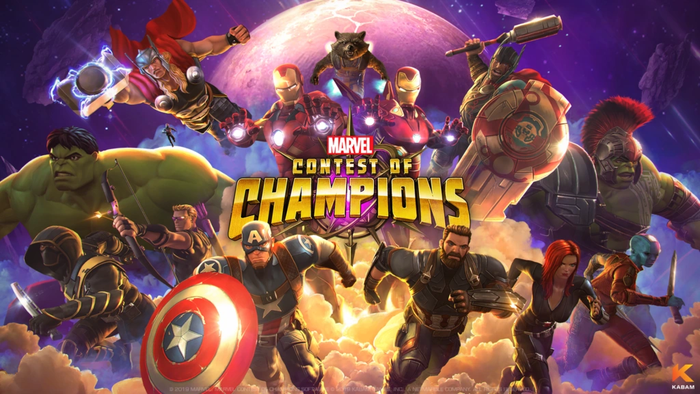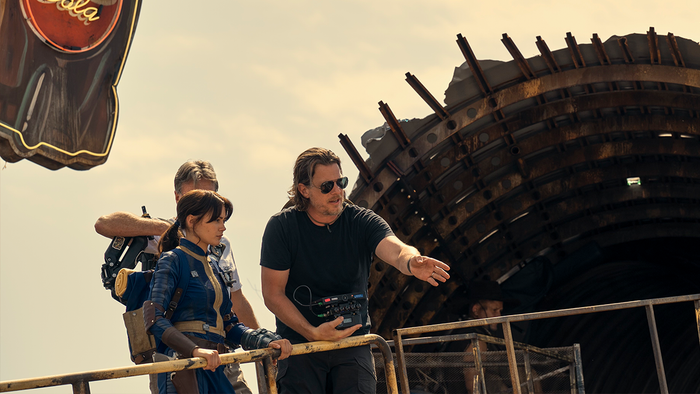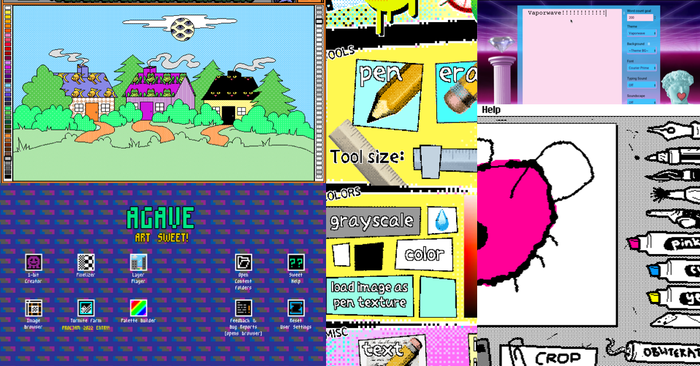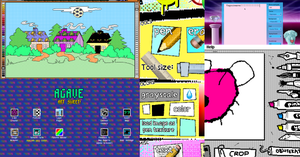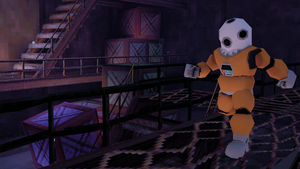
Featured Blog | This community-written post highlights the best of what the game industry has to offer. Read more like it on the Game Developer Blogs.
A brief and simplistic look at story telling methods in video games.

Stories and games go hand in hand. Duh what about Tetris? Yes. There are exceptions smart ass, but the majority of games attempt to tell a story. How the plot is presented has been a popular discussion amongst the gaming community for both developers and consumers. Reading various articles from Gamasutra.com, and to a lesser extent sites like Kotaku, IGN, and 1UP, I’ve seen two popular sides emerge.
On one end of the table is the traditional cut-scene. These usually occur before or after a major event in the story or level. The player loses control of their character(s), and the game swings into a presentation that mimics film.
These scenes are often enhanced with improved graphics, and scenarios that can not be experienced through normal gameplay. Examples of games with cut scenes are numerous: Ninja Gaiden, God of War, Halo, Red Alert, Final Fantasy, Star Wars: The Force Unleashed, Mario, Zelda—the list goes on and on.
Sitting on the opposite end of the table are those in favor of in-game-story-telling. This method delivers all dialogue and major events in game. The player usually has some control of their character(s) the entire time. A popular example of this mechanic is Half-Life 2. Other games that employ this technique are Bioshock, Prince of Persia: Sands of Time, L4D, COD: Modern Warfare, and Splinter Cell.
In-game dialogue has gained popularity for a good reason. The presentation style rarely impedes the players’ interaction with the game world. This often improves the immersion factor, and strengthens character development. For some studios this technique can also be a money saver by eliminating the need to hire an outside business to create a cut scene.
So what’s better in-game-story-telling or cut scenes? Like many issues people fall on all sides. I personally land somewhere in the middle. Both of these techniques have valid pros and cons. Cut scenes can provide beautiful animated moments that get me pumped and ready to play. I still get goose bumps when I watch the Blizzard cinematic for World of Warcraft or Diablo II.
Even a game with a horrible plot like Ninja Gaiden can employ cut scenes as a nice visual pleasing break form the intense action. If, however, cut scenes are executed poorly gamers will find themselves frantically pressing buttons to pass by the garbage and get back to having fun. The same theory of poor execution can be tied to in-game-story-telling. When done right this technique improves player immersion and character development. I don’t believe any of the games that I mentioned early would have had the same impact without in-game-story-telling.
When done properly both presentation methods can deliver fantastic stories and experiences. Combine the two and get the best of both worlds. Most recently, but not exclusively, I experienced this with Batman Arkham Asylum. Right from the start the game blends cut scenes with in-game-story-telling brilliantly.
The game begins with a visual rich short video consisting of Batman driving the Joker to Arkham. Once they arrive the interaction kicks in. Players must escort Joker to his cell. While moving the Batman about players are treated with tons of visual and audio moments. This blended style of cut scene and in-game-story-telling continues throughout the game. So can’t we gamers have our cake and eat it too?
Even with my preference of a blended presentation I understand the need to evaluate these methods on a game by game basis. There is also the other side of the puzzle—good writing and cinematic direction. If these factors are lacking in quality, then overall presentation will be monotonous despite the technique employed. That correlation, however, is another topic for another time.
Read more about:
Featured BlogsAbout the Author(s)
You May Also Like


